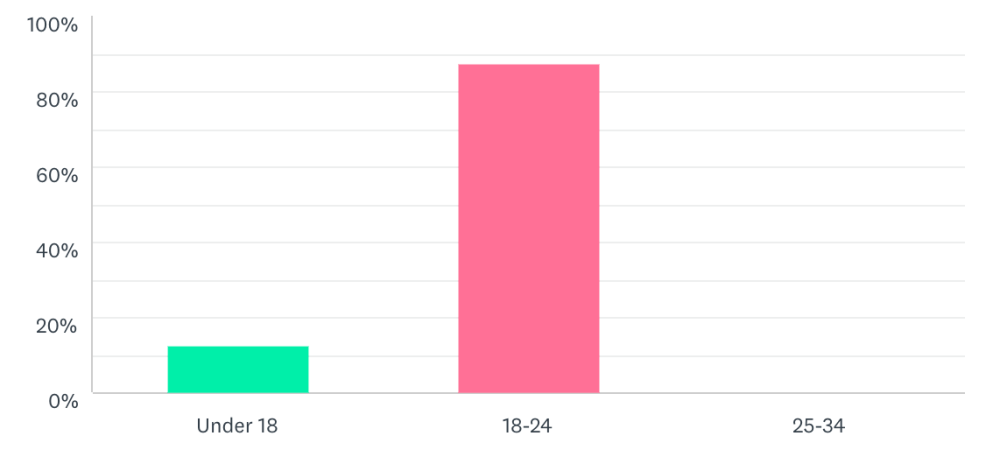In this part of the mini project I will be talking about what I think worked and what didn’t work within my project, furthermore I will be analysing the findings from the feedback I got from my questionnaire.
The aim for my mini project was to create a video that addresses the problem of cyberbullying with young people and how it affects their physical and mental health as it was stated in the introduction. The aim was to create a video that states an old saying “sticks and stones may break my bones but words could never hurt me” which is not true in this generation because the way technology has improve and because of the way we communicate with the world around us. Even through that’s a good thing but it opens up new ways for bullies to target their victims without anyone finding out where the source is coming from. The end result of this project has met what was stated in the introduction about addressing the issue of cyberbullying in this form and I think it has worked really well on how it has impacted the viewers.
I have titled my video “Sticks and Stones” because I wanted to leave the rest to be fill in by the viewer when they are watching it and this was because I wanted to create an impression of how this project is going against the saying without having to tell them so they can work this out for themselves. So it will get them to think about what message the video is trying to convey to the audience.
At the start of this mini project I had decided that I was going to use a focus group to gather my feedback from the video but the problem that I faced was the end of semester and everyone was no longer required to come into the university after the teaching had ended at week 10 which mean I wasn’t able to gather enough students to take part in the focus group. I solved this issue by creating a survey on SurveyMonkey where it could be sent out to people to take part and that’s how I was able to gather my feedback needed to answer my hypothesis. In the next of part of this write up I will be showing my results from the feedback gathered in the survey.
The first question I asked was the audience’s gender and the results I got from the feedback was that both gender was represented equally in the survey.

The second question was about the audience’s age and this was to help me identify the age group of my viewers. As you can see that most of my viewers are in the age bracket of 18-24 years old and less than 15% under the age of 18.

The third question that was asked was about how does the video make the audience feel about cyberbullying and the feedback What I found was that most of the viewers felt negative about cyberbullying which was the aim of this project. So in team of the success of this project where I wanted to see if my video was able to make a change in the way people feel about cyberbullying.

The fourth question was addressing if the video had changed their mind about cyberbullying and the feedback back I have received was that most of the viewers said yes which addresses the most important aspect of this mini project because I wanted to create something that was able to change the viewer’s mind to see cyberbullying in a different light and from this feedback it has done that.
The fifth question that the audience was asked if they think the video could be used effectively to impact and make young people aware of cyberbullying and the feedback I got was that over 60% of the viewers think it could be used effectively.
The last question I asked the audience was about if they would like to be incorporated into the video to create a stronger impact on the view and below are some of the responses that I have received:

To conclude my findings I would like to add that the mini project had turned out better than I was expecting it to be but from the feedback I have receive I have found that the audience would like to see the statistics included in the video to show how many young people are affected by cyberbullying. To address this feedback I would not be able to give the right amount because from my research I have found out that “90% of the victims did not tell their parents about their experiences” (Cowie, 2013) which means it will be very hard to gather the statistics when young people will not speak out about the issue. However the results that I was able to gather from the survey were successful where the mini project was able to address the issue of cyberbullying in a more interactive and creative way and it has helped people to be more aware of how they interact or say to other people can have an effect on their mental health that we wouldn’t know of.
Bibliography:
Cowie, H. (2013). Cyberbullying and its impact on young people’s emotional health and well-being. The Psychiatrist, [online] 37(05), pp.167-170. Available at: https://www.cambridge.org/core/journals/the-psychiatrist/article/cyberbullying-and-its-impact-on-young-peoples-emotional-health-and-wellbeing/B7DB89A2035CF347E73D21EAF8D91214 [Accessed 10 Dec. 2018].